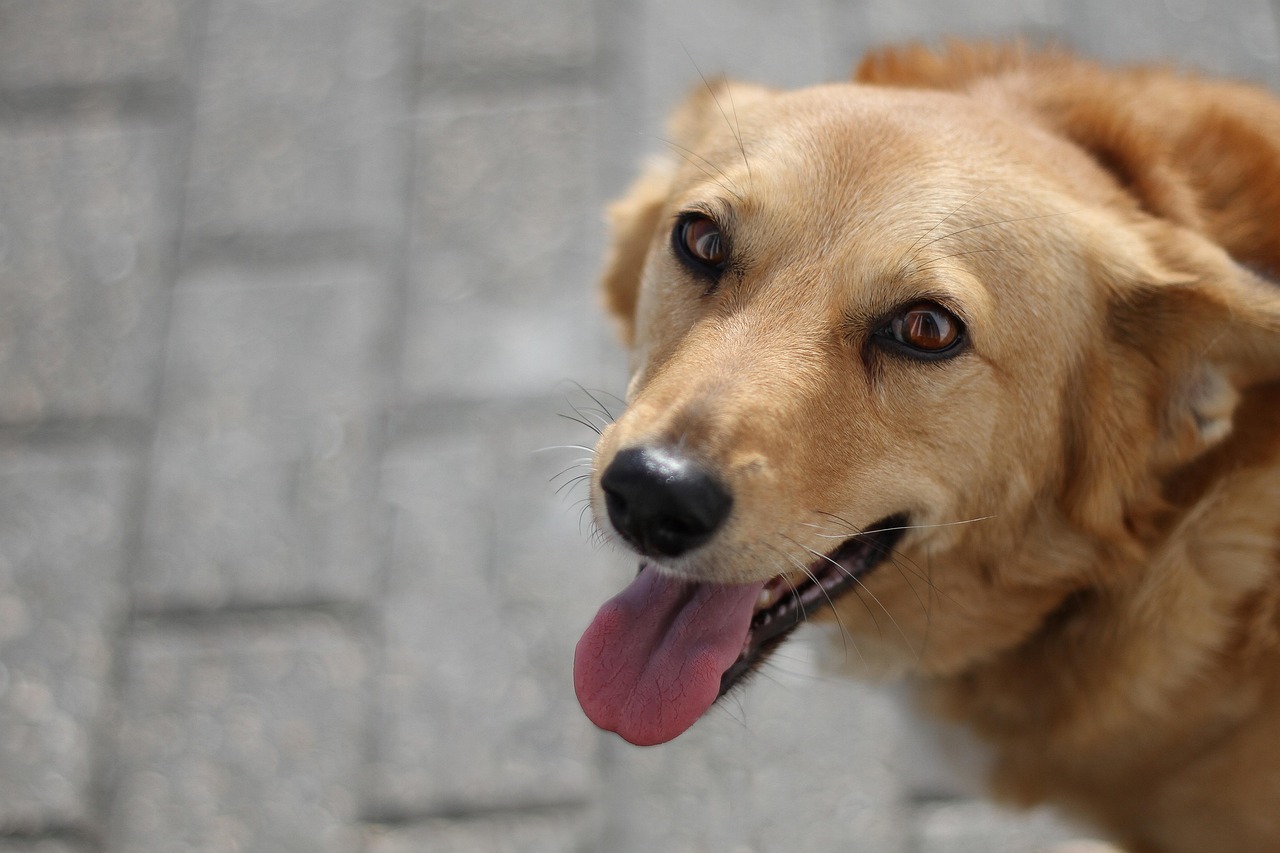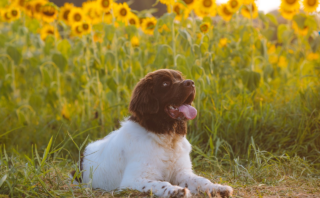Easy Steps for Kids: A Friendly Guide to Dog Training
Dog training for kids is an essential educational tool, as it not only teaches your child how to interact with pets safely but also imparts other critical values like responsibility, patience, and care. This guide introduces children and their parents to effective methods of dog training.
Introduction to Dog Training for Kids
Owning a pet, especially a dog, plays a significant role in a child’s life. It is a rewarding experience filled with compassion, love, and fun. However, it is equally important to teach children how to treat and handle dogs properly. One way of doing this is through dog training lessons.
Undertaking dog training not only cultivates a strong bond between the child and the pet, but also instills values like kindness, responsibility, trust, and empathy. Most importantly, it offers a hands-on way for kids to learn about pet safety, basic hygiene, and good conduct around animals.

Basic Principles of Dog Training
Before we delve into specific training techniques, let’s first understand some of the essential principles behind successful dog training.
Consistency
The first principle revolves around consistency. When teaching your pet any new trick or behavior, it is vital to always use identical signals or commands. For example, if you are trying to teach your dog to sit, ensure to use ‘sit’ consistently rather than variants like ‘sit down’ or ‘up sit’. This principle applies to both verbal commands and gesture-based instructions.
Rewards and Reinforcements
Next, remember the power of positive reinforcements. Dogs are excellent at linking actions to outcomes, especially when the outcome is delightful (like a treat or praise). When you reward good behavior immediately, your dog will understand that repeating it is beneficial.
Patience
Lastly, patience is crucial. Dogs, like humans, have different learning paces, and some tricks could take longer to master than others. Familiarize your child with this principle to teach them patience and resilience.

FAQ (Frequently Asked Questions)
What age should my child start dog training?
There’s no strict age limit; it usually depends on your child’s maturity level and readiness. However, children above six years are often more capable of understanding and participating in dog training.
Can children train dogs by themselves?
While children can be heavily involved, adult supervision is vital to ensure both the child and the dog’s safety. Parents can guide children to handle animals appropriately and correct any mistakes.
How can I make my child interested in dog training?
You can incorporate enjoyable games into training to keep the process exciting. Also, involving them in decision-making, like choosing the rewards or commands, can increase their interest.
What if the dog doesn’t respond to the child’s command?
The dog might not respond if it doesn’t recognize the command or if a bond hasn’t formed yet between the child and the dog. Encourage your child to be patient, persistent and always reward the dog for positive behavior.
Can dog training improve a child’s behavior?
Yes, dog training can have positive effects on children’s behavior. Handling a pet boost their self-confidence, teaches them responsibility, improves communication skills, and instills values of empathy and patience.
Conclusion
Teaching kids how to train dogs is a beneficial exercise that stretches beyond just pet handling. It equips them with essential skills and values that contribute to their overall development. By using appropriate techniques and understanding your child’s unique needs, you can make the whole process enjoyable and effective for both the child and the pet. Hence, creating an unbreakable bond forged on mutual trust, respect, and friendship.
So, if you have a child and a dog at home, consider dog training as an opportunity for practical learning and growing together. After all, a trained dog is a happy dog, and a child involved in this process is a compassionate and confident individual.



